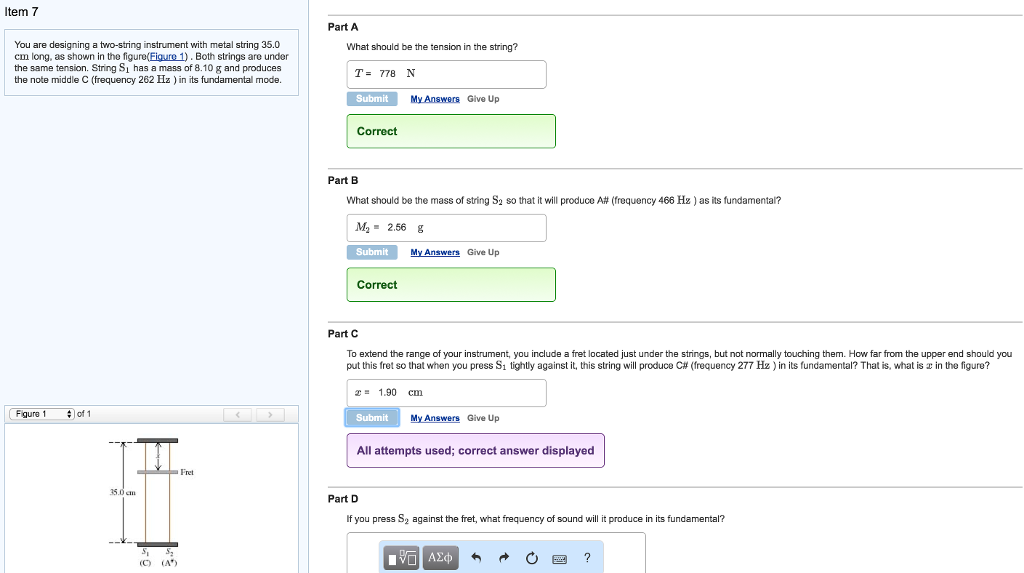
Since these are multiples of a fundamental, core frequency, that means that the fundamental frequency is multiplied by two, three, four, or higher to create the harmonics of a waveform. The average soprano vocal range is from around 260 Hz to 1,050 Hz.īecause instruments and voices are much more complex than a simple computer generated sine wave, for example, they don’t just produce one single core frequency, they produce multiples of the core frequency. The average bass vocal range in terms of frequency is 82 Hz to 330 Hz. For example, a bass singer will probably have a voice that has a lot of low frequencies. The majority of human voices range between frequencies of 100 or 200 Hz to 8 kHz, so even if you lose a lot of your ability to hear high frequencies, you should still be able to understand human speech pretty well, even without the use of hearing aids.Īs for singers, the different vocal ranges also are within limits of frequency. This became the standard for tuning instruments that use the chromatic scale.Ī human with a normal amount of hearing can hear between the range of 50 Hz to 20 kHz, and someone with very good hearing should be able to hear between 20 Hz and 20 kHz.Ģ0 Hz to 20 kHz is also the average frequency range for most decent quality headphones. In 1953, it was agreed worldwide that the tuning of the first A note that comes after Middle C on the piano would be tuned to 440 Hz. In the 1900s, the American Federation of Musicians made it clear that they agreed with the Italian Music Commission’s declaration, and later they too pushed for a tuning standard of 440 Hz.

Prior to this, tuning forks vibrated at frequencies of 435 Hz and 432 Hz. This was so that all around the world, a song could be performed and it would sound the same as it would if it was performed elsewhere. In the 1880s, the Italian government’s Music Commission decided that all musical instruments should be tuned using a tuning fork that vibrates at 440 Hz. For example, the A note above Middle C has a frequency of 440 Hz.įrequency doesn’t have an effect on the volume of music, instead what affects the volume of a waveform is the amplitude, or the size of the vibration of the wave. This means that different frequencies match the pitch of different musical notes. The faster a wave moves, the higher its pitch is. If a sound wave completes 10 cycles in a second, the frequency is 10 Hz. Music is made up of waveforms that oscillate (move at a constant rate) at different frequencies.įor example, if a sound wave completes one whole cycle in one second, its frequency is 1 Hz. Most commonly, the thing that is being measured is usually electrical changes. Hertz (named after German physicist Heinrich Hertz due to his work with radio waves) is a measure of one whole wave cycle per second in terms of frequency. In general, hertz are most often used to describe musical and sound related frequencies rather than frequencies related to other subjects.

GHz is typically used more in the technology world, for example to describe computer processor speed (which we will get to in a little while), rather than the music world. To represent billions of hertz, we use gigahertz, or GHz. To represent millions of hertz, we use megahertz, or MHz. To represent thousands of hertz, we use kilohertz, or kHz. Hertz (Hz) is the smallest, basic measure of frequency.

So what roles exactly do these measures of hertz play in the music and technology worlds, and what else is measured in hertz? Read on to find out these answers and more. Everything has a frequency, but hertz are usually used in the case of measuring things that have more than just one frequency. Hertz is simply the unit that frequency is measured in. If you enjoy making music or listening to it with headphones, you have probably heard of something called “hertz” (abbreviated: Hz) in the music and technology world before.


 0 kommentar(er)
0 kommentar(er)
